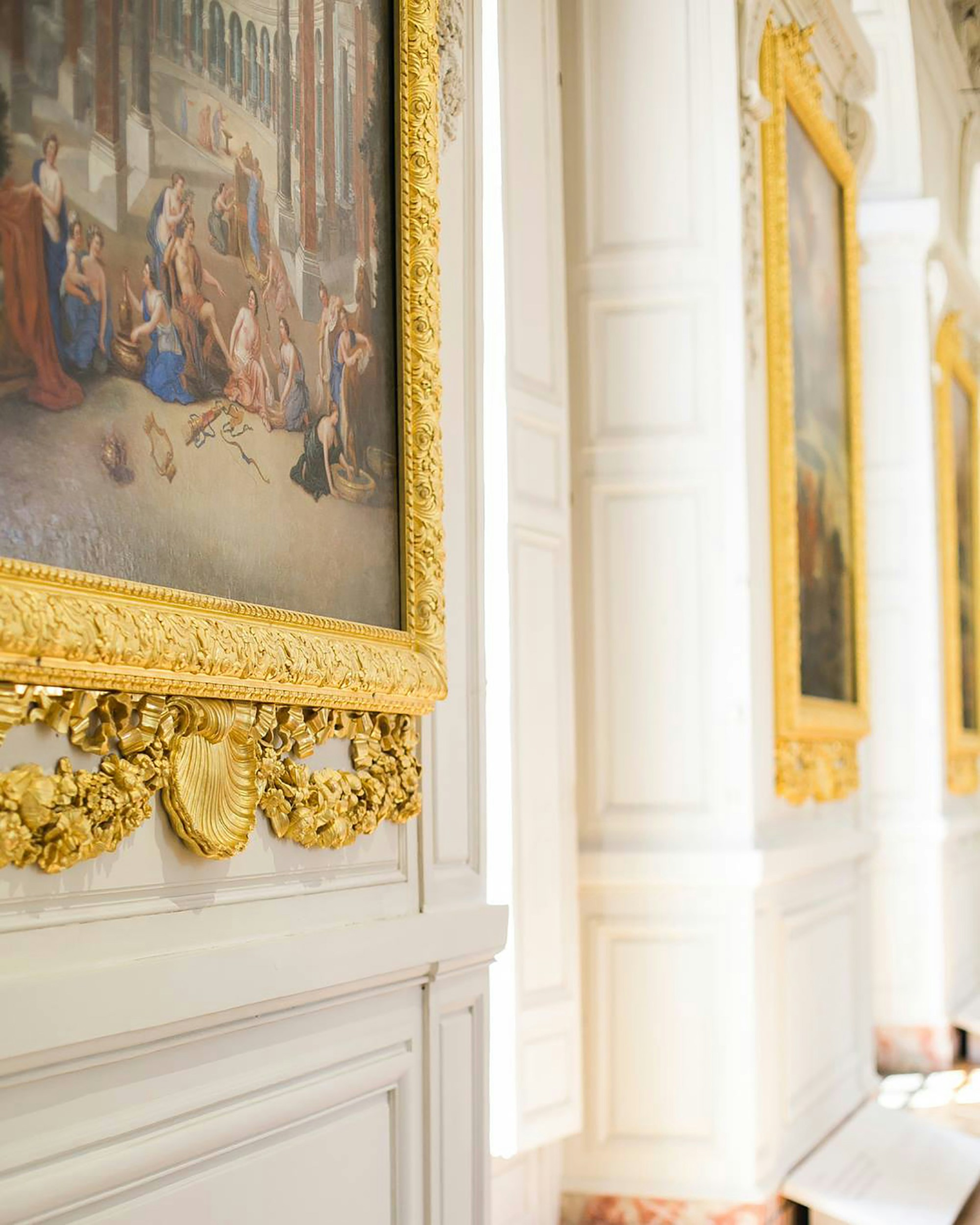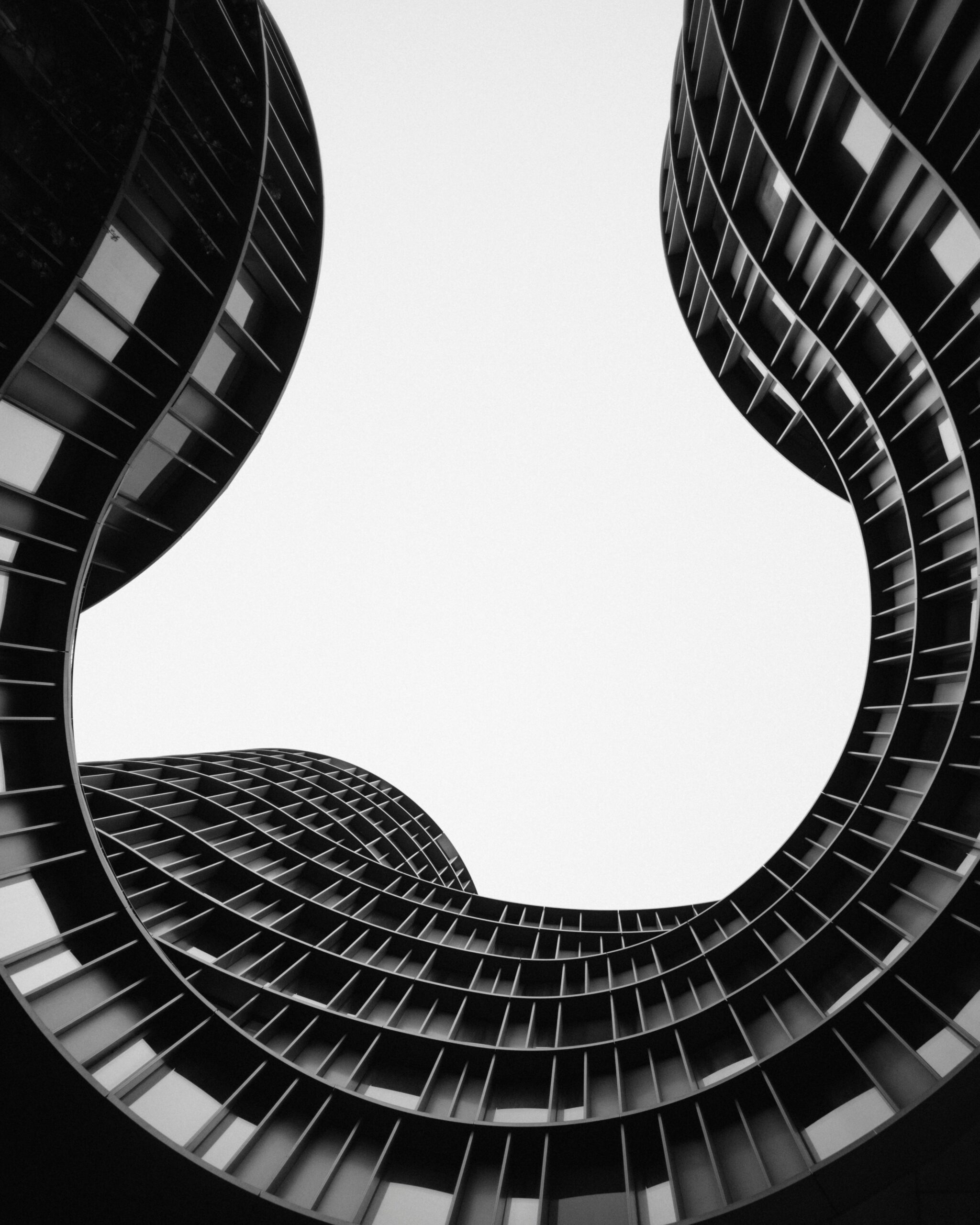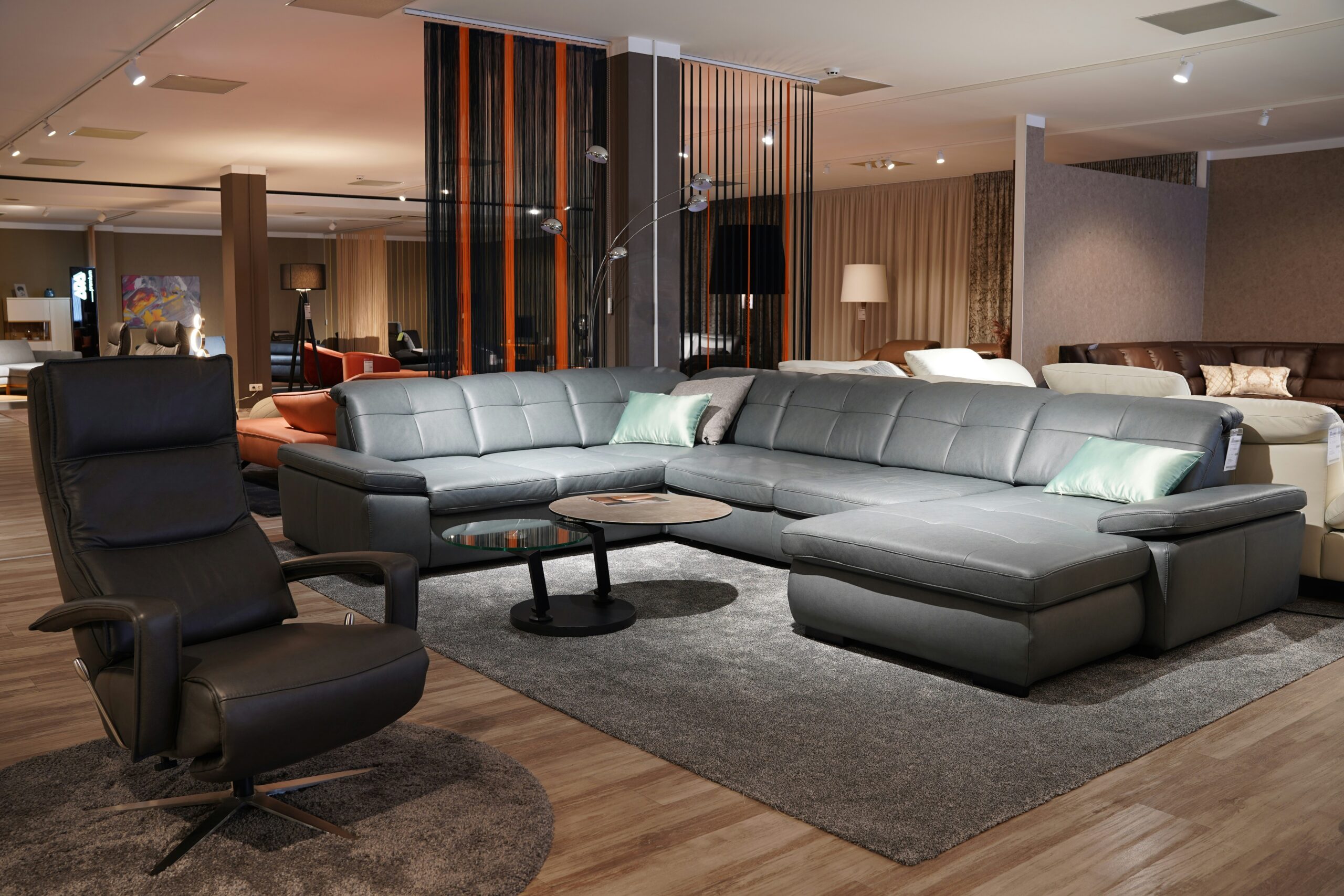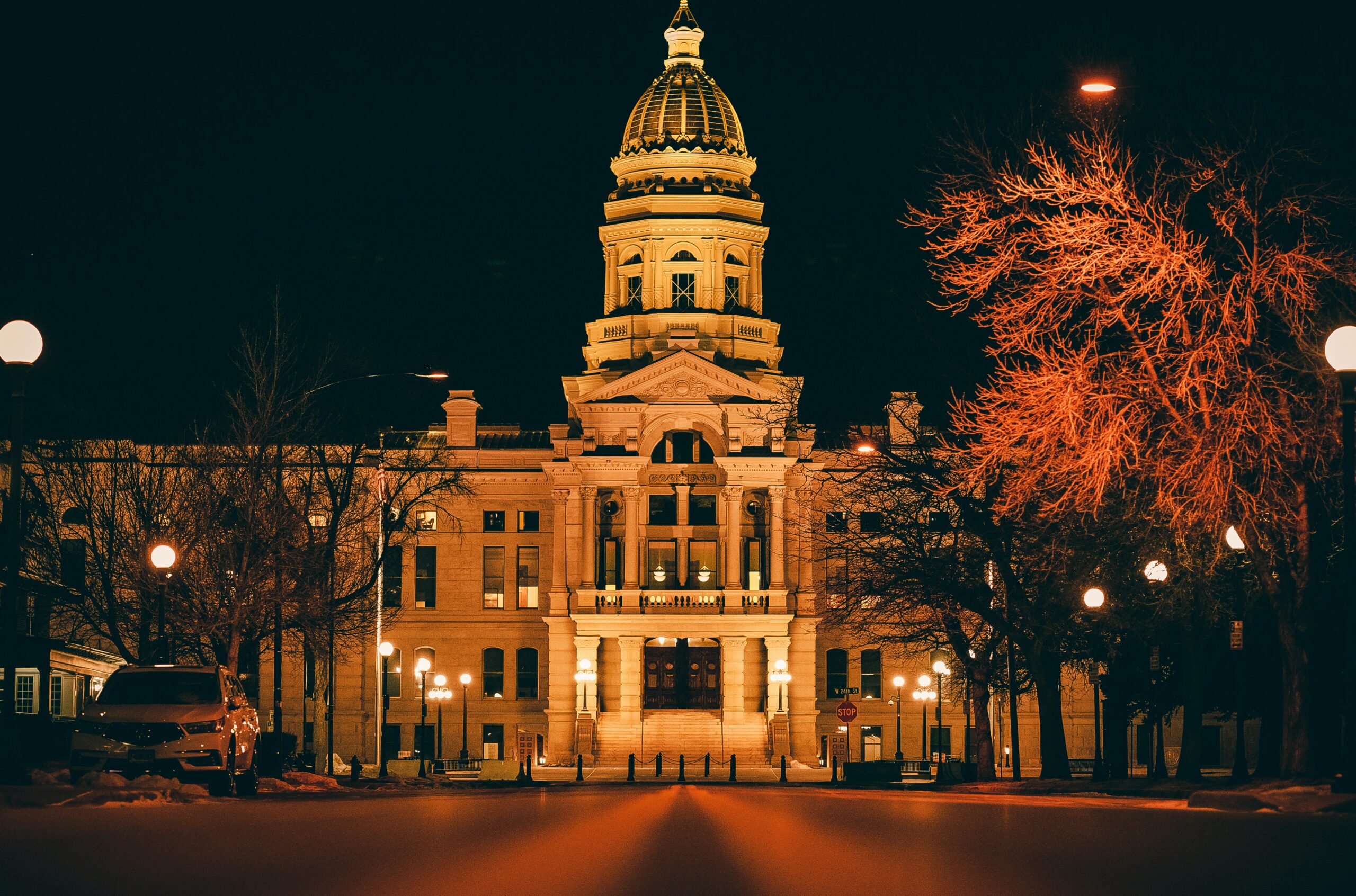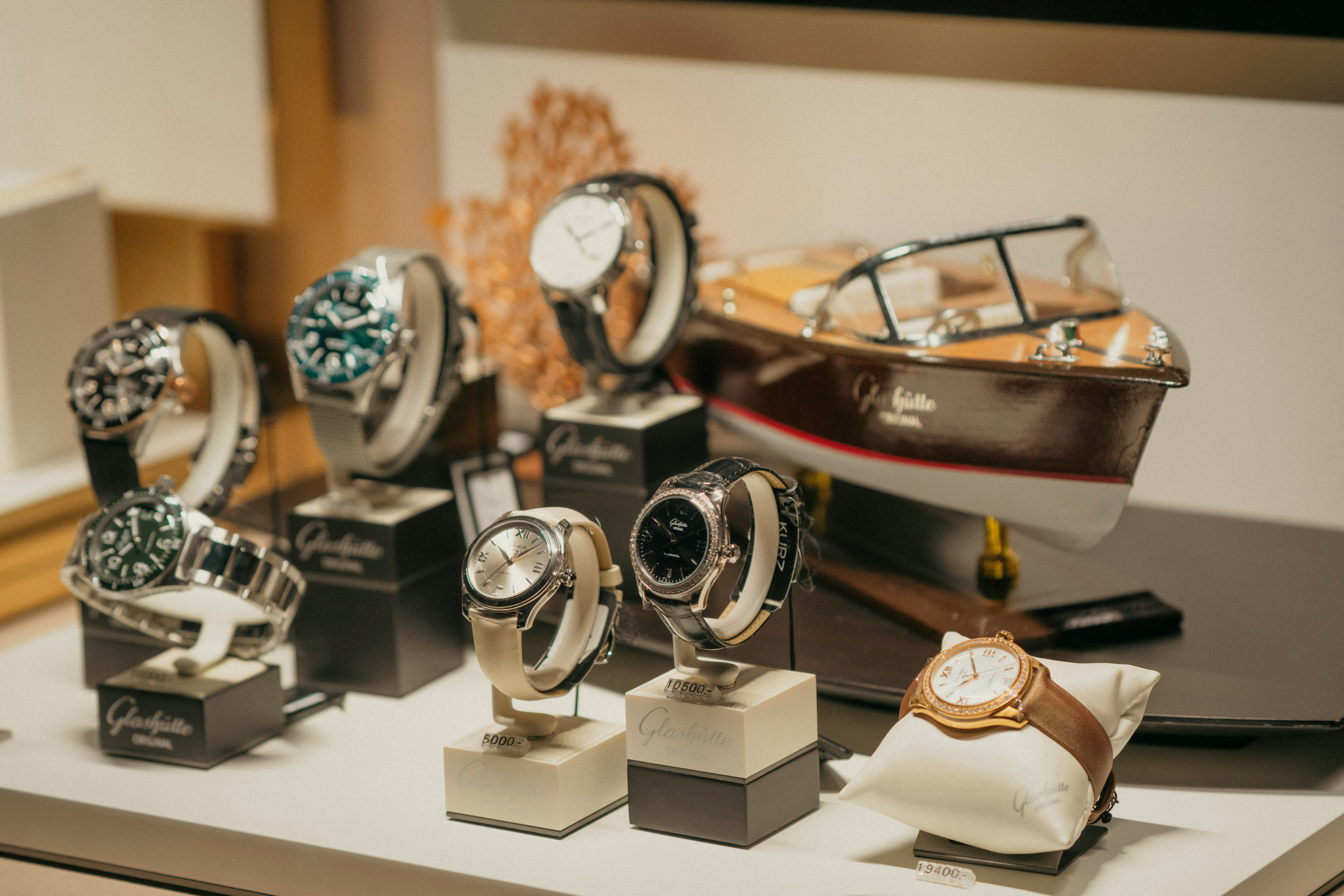Image credit: Unsplash
Upon joining a luxury real estate agency in Los Angeles, Paul Lester decided to organize a Beverly Hills property viewing. The difference: turning it into an art opening, all while inviting prospective buyers of the home, as well as those who might be interested in purchasing the displayed artwork within it.
Artworks, and the property, sold for a premium. Leser was quoted as saying “We were successful in selling the house I would say for a more of a valued number than you might expect, because the entire package was seen as elevated.”
Since then, Leser has made it clear that he wishes to feature “significant” work by contemporary artists in the high-end properties he lists, which are also often available to buy.
Lester, who is a partner at the firm The Agency, put together a “gull collection” of art in a handful of several new-build luxury homes in Beverly Hills, which were designed by architecture firm Olson Kundig.
Known as The Houses at 8899 Beverly, the homes start at around $5 million. Rather than being “staging” pieces, the art and furniture within them can also be purchased. The Agency has worked with the consultancy Creative Art Partners on these homes, which feature work by artists including Michelle Mary Lee, an arts educator, and Irvin Pascal, a British sculptor and painter.
The homes that are ready to be moved into, known as “turnkey” properties, are becoming more and more popular with buyers. Lester was quoted as saying, “We do see people more than not right now—especially with new construction—wanting an entire package that works well.”
Lester added, “There have been circumstances where people walk in and say, ‘I want this room … I’ll take the furniture, and I’ll take the art. I absolutely love it this way. Is that possible?’ And we’re able to say ‘yes it is.’”
According to David Knowles, founder of art consultancy Artelier, who supplies art for real estate projects in the U.K., the U.S., and the Middle East, the trick to choosing artworks for these properties is to make sure they work well with their interiors. Knowles was quoted as saying, “It’s hard to get a kind of uniqueness and a character across if what they’re selling is a turnkey project because the … art has got to appeal to a wide audience. The art needs to feel like it belongs there.”
To accomplish this, Artelier might commission pieces specifically to connect with the area the home is in and have artists make pieces to fit the dimensions of those spaces. Knowles claims that this works better than temporarily borrowing art from a gallery to display in a home.
Lester’s team then discusses whether the art should match a home or contrast with it. This could include choosing color palettes contrary to the monochrome properties or mixes of abstract work and portraiture. Sometimes, work is commissioned for a particular property, while at others, Lester may ask artists if they have pieces available in specific colors.
Artelier has sourced artwork to hang on the walls of the world’s most prestigious addresses. These include London’s One Hyde Park, residences at the Dorchester’s One at Palm in Dubai, and an apartment within Eighty Seven Park, an oval-shaped beachfront building in Miami designed by Renzo Piano.
London developers are also keen to appeal to overseas buyers looking for vacation homes, Knowles has stated. The consultancy is commissioned by interior decorators or real estate buyers who “know what they like, and they have got good taste. Or they’ve got someone that works for them that has got good taste.”
As a result, Artelier is often a bridge between artists and developers or property buyers, which Knowles describes as groups that “come from two different worlds.” Knowles works with the artists to help them understand that their creations can be seen as luxury products and that clients expect something “exceptional.” However, Artelier might also explain that sometimes, imperfections in pieces can also make them unique.
For Lester, the artwork in The Houses at 8899 Beverly has created additional marketing opportunities. The Houses are comparatively more affordable than other properties Lester has on his books. He’s stated he “[has] several right now that are privately being offered … The house might be worth, let’s say, $60 million, $70 million, but the artwork in the house is probably worth $200 million.” Buyers at that level might inquire about whether the vendor would sell one or two of the artworks.
While the Savills real estate agency doesn’t often sell art as part of their property deals, the company’s co-head of prime central London, Richard Gutteridge, advises clients to leave artwork on the walls during their viewings.
“It is an accessory that a lot of people do identify with. At the top of the market, it’s a layer of [that] lifestyle,” he has stated.
Gutteridge works to oversee sales in the city’s “golden postcode,” which includes Belgravia, Chelsea, Knightsbridge, and Mayfair. He has stated that a home’s art collection is occasionally worth as much as the property.
“As much as that helps the [sales] journey, it’s quite nice when [buyers] refocus on the house … The artwork often turns people’s heads,” he stated.
